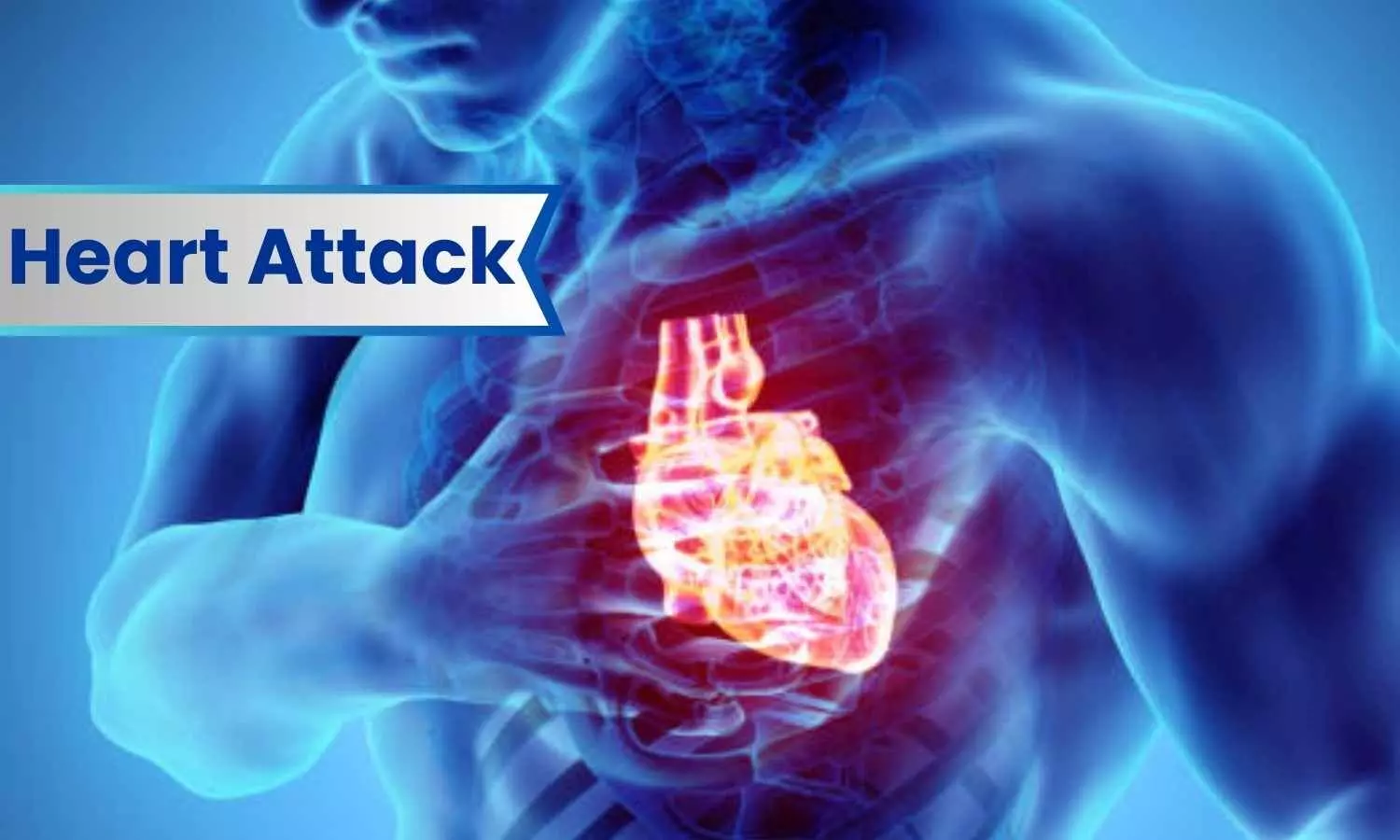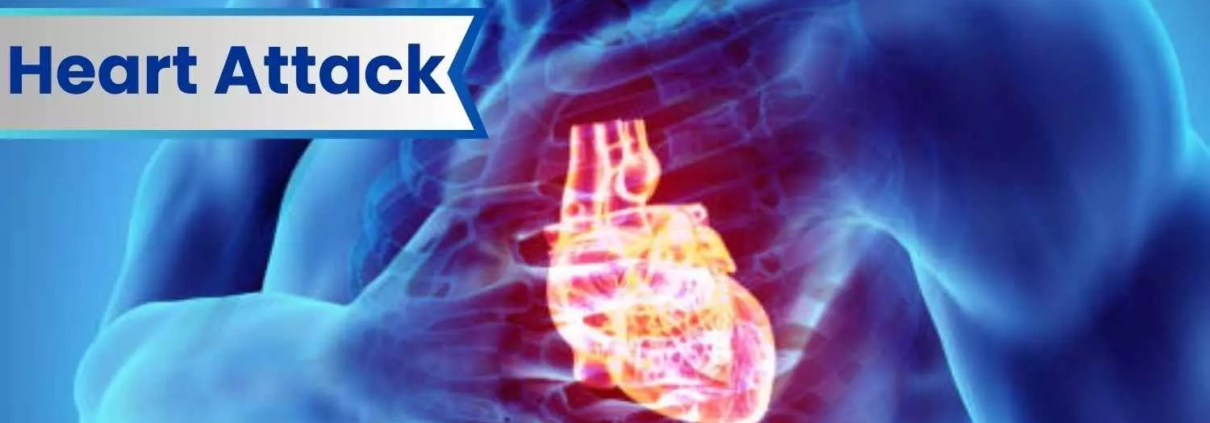Ablation better than medication for those with ventricular tachycardia after heart attack, suggests study

Ablation, a procedure to treat abnormal electrical short circuits caused by a heart attack and is usually reserved for patients who do not improve with medication, may be a better first-line treatment for heart attack survivors experiencing dangerous rapid heartbeat episodes, according to late-breaking science presented today at the American Heart Association’s Scientific Sessions 2024.This study is simultaneously published in The New England Journal of Medicine.
Heart attacks create scar tissue in the heart muscle, which impedes the heart’s ability to function properly and may lead to other conditions, such as dangerous heart rhythms.
“The scarred heart tissue doesn’t contract and help with blood flow, however, sometimes the scar contains surviving bits of heart muscle that create abnormal electrical circuits in the heart, leading to dangerous rapid heart racing called ventricular tachycardia,” explained lead author John Sapp, M.D., a professor of medicine and assistant dean of clinical research at Dalhousie University, Queen Elizabeth II Health Sciences Centre in Halifax, Nova Scotia, Canada.
Ventricular tachycardia (VT), the most common cause of sudden cardiac death, is a fast heart rhythm that starts in the heart’s lower chambers (ventricles). This rapid heartbeat prevents the heart’s chambers from filling completely between contractions, which reduces blood flow to the rest of the body.
To reduce the risk of death from VT, the patient may receive an implantable cardioverter defibrillator (ICD), which will shock the heart back into a normal rhythm. The ICD can be lifesaving, but it does not prevent VT. “Even with an ICD, some patients still have recurrent attacks of ventricular tachycardia, which causes serious symptoms such as passing out, and the ICD shock itself can cause a very unpleasant feeling of being jolted or kicked in the chest,” Sapp said.
The usual first treatment to prevent dangerous episodes of ventricular tachycardia is anti-arrhythmia medications. However, these medications may have serious long-term side effects, such as worsening of the abnormal heart rhythm or potentially damaging other organs. When medication has been unsuccessful in reducing VT episodes, the second line of treatment has been ablation. This minimally invasive procedure uses radiofrequency energy to destroy the abnormal heart tissue causing the VT, while not damaging the rest of the heart.
“We have previously shown that when a medication is not preventing episodes of VT, ablation has led to better outcomes than increasing the medications. Now we know that ablation is a reasonable option for first-line treatment instead of starting with antiarrhythmic medication therapy,” Sapp said.
In the VANISH2 (Ventricular Tachycardia Antiarrhythmics or Ablation in Structural Health Disease 2) trial, 416 patients who developed recurrent ventricular tachycardia after surviving a heart attack were enrolled at 22 health centers in three countries. All participants had ICDs to shock the heart as needed. None of the participants had conditions that excluded them from receiving ablation or the antiarrhythmic medications used in the study, so treatment with medication or ablation was randomly determined. Patients chosen for medication received one of two antiarrhythmic medications: amiodarone or sotalol.
Participants were followed for at least two years after ablation or while taking the assigned medications (median of 4.3 years). Researchers tracked death, appropriate ICD shocks, three or more VT events within 24 hours, and sustained VT that was not treated by the ICD but treated urgently in a hospital.
The data analysis found:
People who received ablation were 25% less likely to die or experience VT requiring an ICD shock. This included having three or more VT episodes in a single day or VT episodes that were not detected by the ICD and were treated in a hospital.
“Although the study was not large enough to show a statistically definitive effect on all of the parameters that are important to patients and physicians, patients treated with ablation also had fewer ICD shocks for VT, fewer ICD treatments, episodes of three or more VT in a single day and fewer VT episodes not detected by their ICD,” Sapp said.
“For people who have survived a heart attack and developed VT, our findings show that performing a catheter ablation to directly treat the heart’s abnormal scar tissue causing the arrhythmia, rather than prescribing heart rhythm medications that can affect other organs as well as the heart, provides better overall outcomes,” he continued. “These results may change how heart attack survivors with ventricular tachycardia are treated.
“Currently, catheter ablation is often reserved as a last-resort therapy when antiarrhythmic medications fail or cannot be tolerated. Now we know that ablation is a reasonable option for first-line treatment. We hope that our data will be useful for clinicians and patients who are trying to decide the best option when they need treatment to suppress recurrent VT and prevent ICD shocks,” Sapp said.
Although the study could not confirm if ablation worked better than medication to reduce each outcome tracked, the researchers found that overall, the differences favored ablation. The study also did not determine which patients with particular characteristics would benefit more from one treatment or the other.
“In addition, these results cannot be generalized to patients who have heart muscle scarring caused by a disease other than a blocked coronary artery,” Sapp said. “We also note that, despite these treatments, the rate of VT episodes remained relatively high. We still need more research and innovation to develop better treatments for these patients.”



